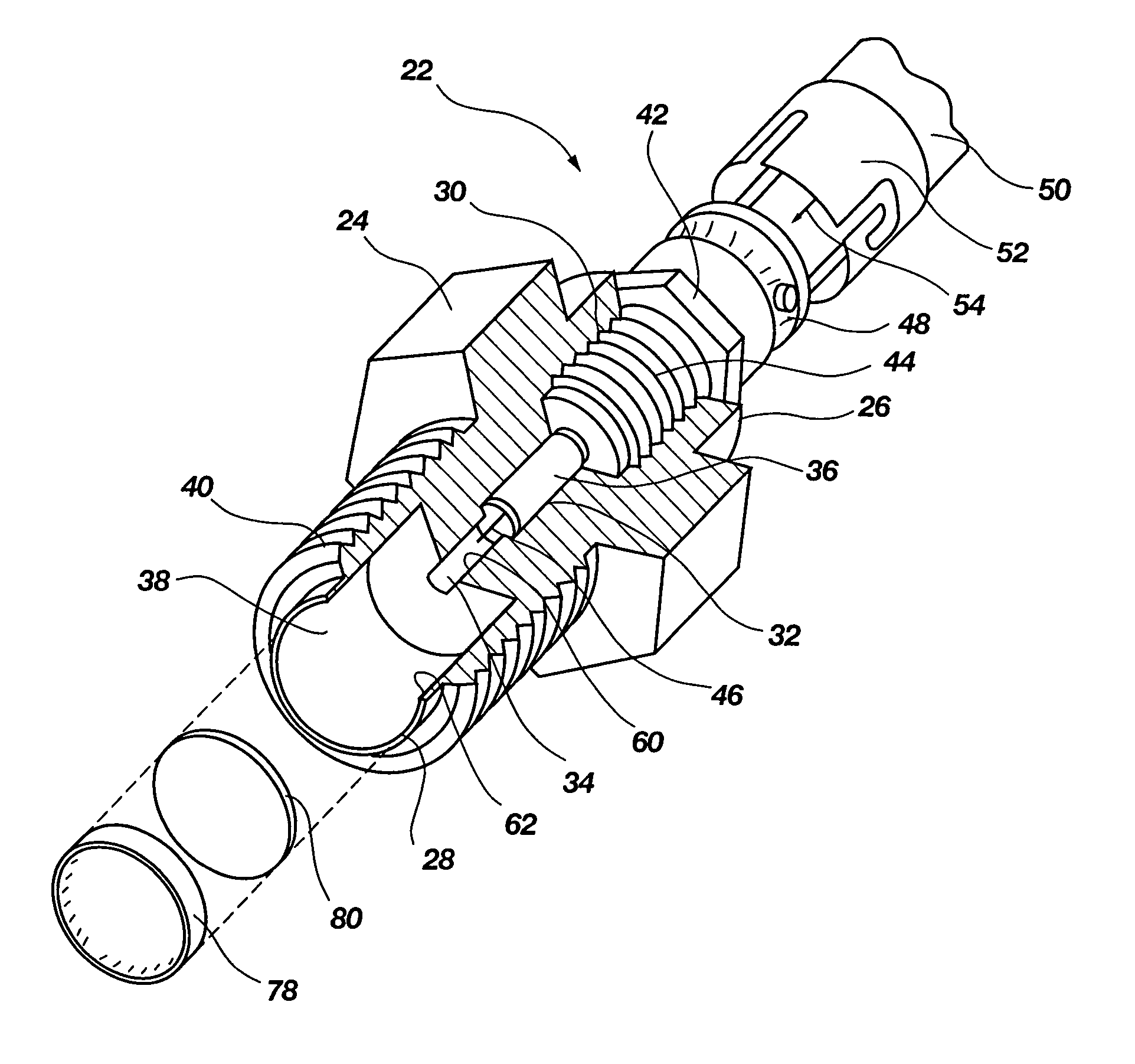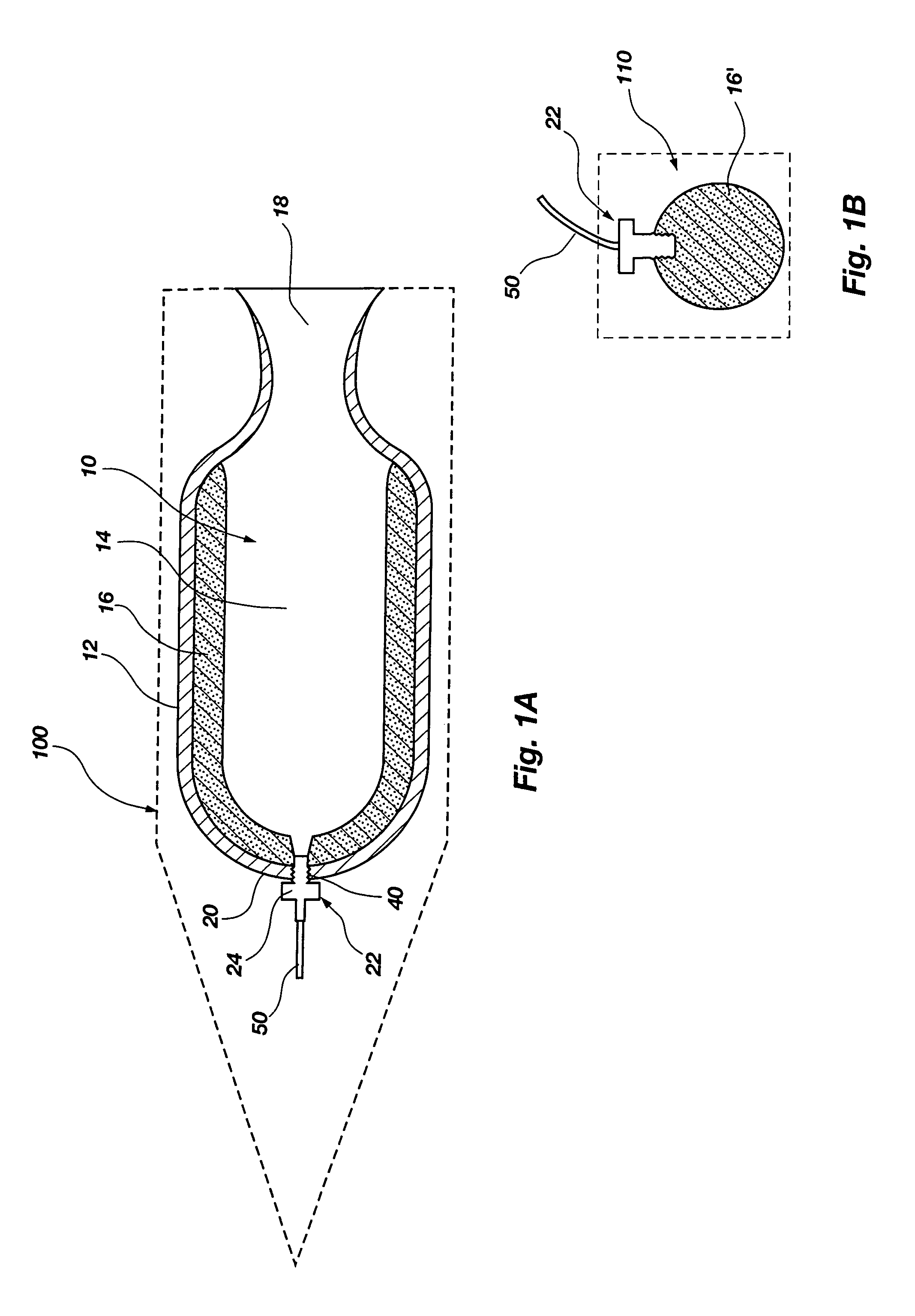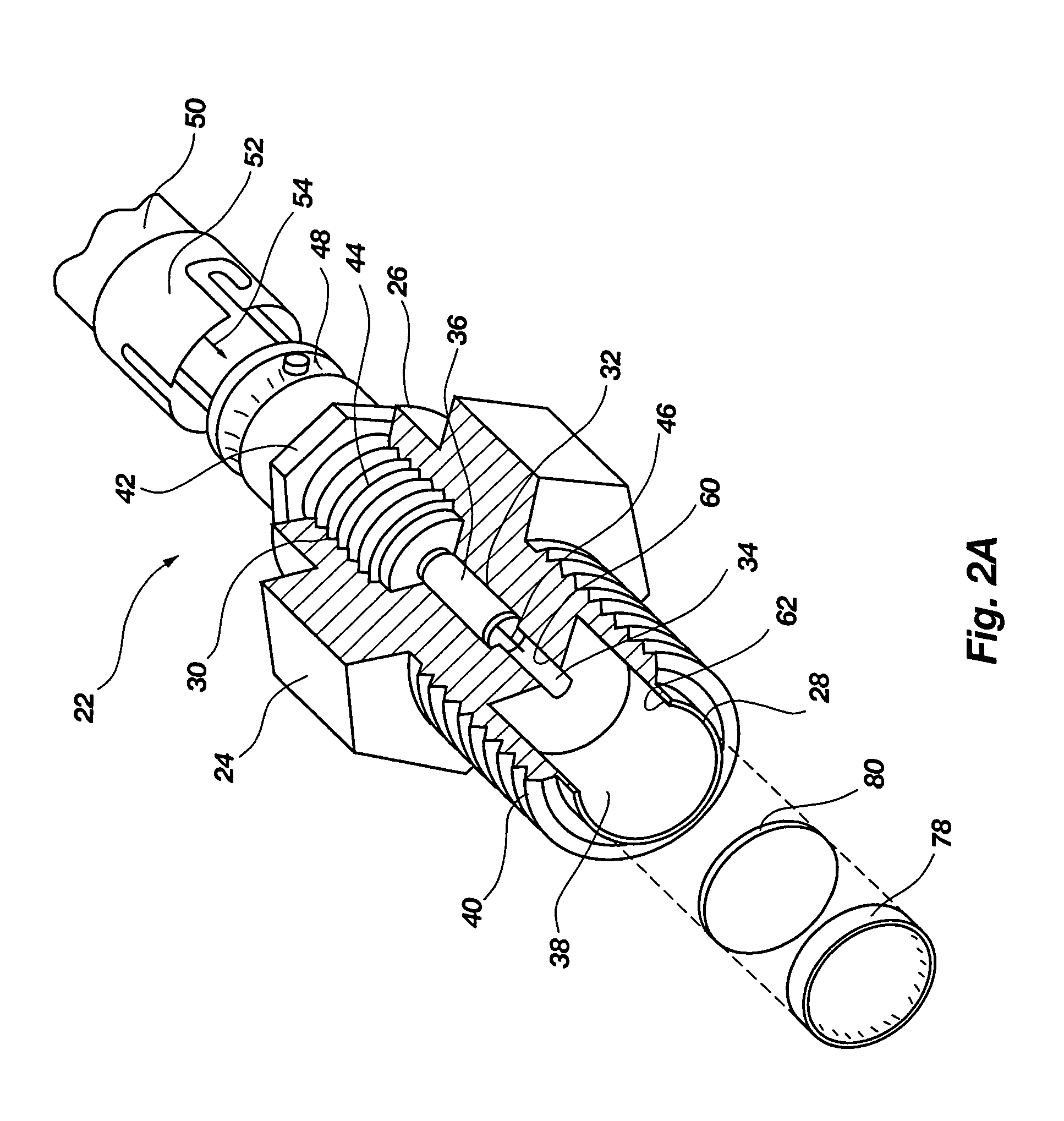Thus, when an initiator is used to ignite, for example, a solid propellant
rocket or
missile motor, the initiator, upon receiving a predetermined pulse of energy from an “arm and fire
signal processing device,” will cause the pyrotechnic material contained within the initiator to combust.
This event is typically not sufficiently energetic to ignite the solid propellant of the rocket motor directly without excessive uncertainty and, therefore, requires thermal power boosting through a pyrotechnic
train, usually deflagratorily.
The initiator must be maximally immune to functioning by spurious electromagnetic energy and other
signal and power sources indigenous to the military environment because of the unforgiving nature of pyrotechnic devices, which could inadvertently initiate or detonate the main or primary charge of pyrotechnic material.
Although effective, such an activation scheme is prone to a number of problematic characteristics.
Spurious EMI susceptibility may be quite serious whether in a commercial setting, such as where construction, demolition, or mining is taking place, or other areas in which spurious EMI activity could, or does, exist.
Also, such spurious EMI susceptibility may not be tolerated in certain environments where a wide variety of spurious and EMI activity occurs as a matter of course.
Another characteristic of some prior art initiators that may be problematic is that the pyrotechnic material may be subject to unwanted “conditioning” upon being exposed to
electrical current at a level too low to cause ignition.
This conditioning may, in certain circumstances, unacceptably modify the future firing characteristics of the pyrotechnic material.
Thus, in some applications a more powerful and / or more complex
ignition system may be required to ensure
operational readiness as compared to what otherwise would be sufficient were the charge not subject to such unwanted conditioning.
A problem with prior art detonators which employ exploding bridge wires, is that such detonators are generally limited to ignition of pyrotechnic materials that are considered to be sensitive or relatively unstable.
This is because it takes a relatively low amount of current to sufficiently energize a bridge wire to a high enough temperature to initiate the ignition of a sensitive material, but such a low (and reasonable) amount of current is not practical to adequately or reliably initiate the ignition of less sensitive pyrotechnic materials.
That is, having a power supply robust and powerful enough to provide the requisite large amount of
electrical current and
voltage product needed to provide the
high energy to function a suitable bridge wire structure often being used to detonate more stable, less sensitive pyrotechnic materials, may not be practical for initiating the ignition of solid propellant motors in air-launched missiles, easily movable and transportable ground-launched missiles, or other highly mobile launching venues and platforms.
To elaborate, if an overly stable, or insensitive, pyrotechnic material is selected, the size, weight, and / or complexity of a power supply, even if augmented with capacitors and such, may not be powerful enough or operationally reliable enough to ignite the overly stable pyrotechnic material.
However, a gap arrangement requires ignition to be performed by way of a shockwave-induced
detonation, which may not be suitable for many applications such as those where a deflagratory
initiation is desired or required.
Such a sealed optical lens can be difficult to construct and care must be taken that all seals are strong enough to withstand the ultimate
deflagration or
detonation of the pyrotechnic material, such as in
missile motor applications.
That is, seals used in connection with optical fibers are often quite elaborate as the
optical fiber(s) used with
laser-fired systems must allow
optical energy to readily pass into the volume of pyrotechnic material to be ignited yet the
hermetic seal must be able to prevent the high pressures generated by the ignition process from destroying the seal and possibly causing mechanical and operational problems in the proximity of the ignited pyrotechnic material.
 Login to View More
Login to View More  Login to View More
Login to View More 


